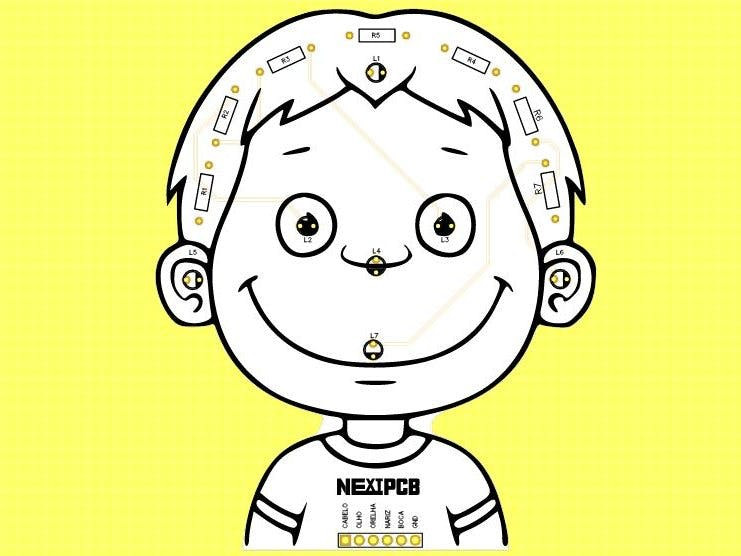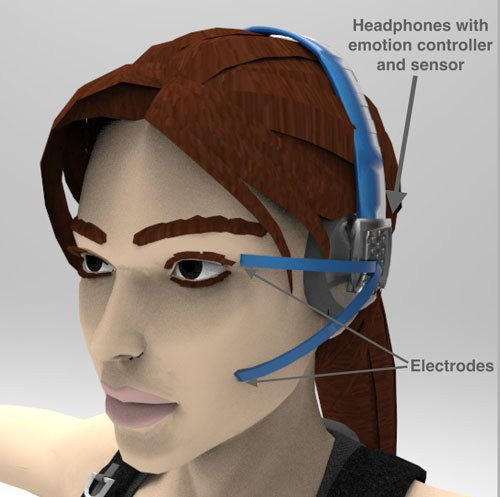Intel’s Loihi CPU: A Neuromorphic Chip Modelled on the Human Brain
https://makerv2.webteractive.co/blog/intels-loihi-cpu-a-neuromorphic-chip-modelled-on-the-human-brain
Neuroscience, with its huge volume of complex interactions, is a field that offers an enormous amount of insight for the potential of hardware architectures and algorithms. The behaviors and properties of biological neurons have, to date, proven difficult to model let alone replicate. However, while the vast majority of biological neuron interactions will remain a mystery for some time, simplified abstractions of neural networks are now possible.
How Closely Can Computing Compare to a Human Brain?
https://makerv2.webteractive.co/blog/how-closely-can-computing-compare-to-a-human-brain
As computing grows more sophisticated, the question arises as to how much it can be likened to human intelligence as we currently understand it.
Bioinformatics: How Electronics Can Inform Biomedicine
https://makerv2.webteractive.co/blog/bioinformatics-how-electronics-can-inform-biomedicine
DNA letter patterns and protein sequences essentially form the ‘language’ of the human body. This metaphor simplifies bioinformatics, which deals with reading information hidden in biological processes and drawing evolutionary conclusions about their possible functions). We look at the vital research area.
Disruptive Electrical Engineering Technologies: the System-on-Chip
https://makerv2.webteractive.co/blog/disruptive-electrical-engineering-technologies-the-system-on-chip
Almost every kind of electronic device used today utilises a system-on-chip (SoC). Measuring about the size of a human thumbnail, these chips comprise both software and hardware components that add functionality to electronic devices and equipment.
AI Accelerators And How Engineers Can Utilise Them
https://makerv2.webteractive.co/blog/ai-accelerators-and-how-engineers-can-utilise-them
Understanding the role of AI accelerators in artificial intelligence gives an insight into its benefits in the world of electronics and computing, particularly as our collective interests in human-level intelligence increase. We look at the technology and how it may benefit engineers.
An Overview of Neuromorphic Computing and Its Latest Advances
https://makerv2.webteractive.co/blog/an-overview-of-neuromorphic-computing-and-its-latest-advances
Realising brain-like synapses using artificial intelligence has, for several decades, been a dream of scientists all over the world. Although we don’t have human-level AI yet, humans have made significant strides in the design of innovative technologies for neuromorphic computing. This article delves into some of the most promising innovations in this field.
How AR and AI Advancements Are Impacting Multiple Industries
https://makerv2.webteractive.co/blog/how-ar-and-ai-advancements-are-impacting-multiple-industries
AI has also emerged as a key player in the engineering realm. Businesses are increasingly pursuing automation, which is AI’s calling card. Such algorithm-based cognitive tasks can be time-consuming for humans. AI development constitutes an exciting new engineering frontier to explore as technology evolves. Both AR and AI are transforming the global productivity landscape.
Human Machine Interfaces That Will Bring About Extended Reality (XR)
https://makerv2.webteractive.co/blog/human-machine-interfaces-that-will-bring-about-extended-reality-xr
Throughout history, our idea of reality had been based on feedback from our natural senses about the state of the physical world around us. However, with giant leaps in the fields of digital reality and spatial perception, we can now experience so much more than what is physically there.
DIY Arduino Human Following Robot
https://makerv2.webteractive.co/arduino/projects/diy-arduino-human-following-robot
This Robot uses a combination of Ultrasonic and infrared sensors to track an object.




